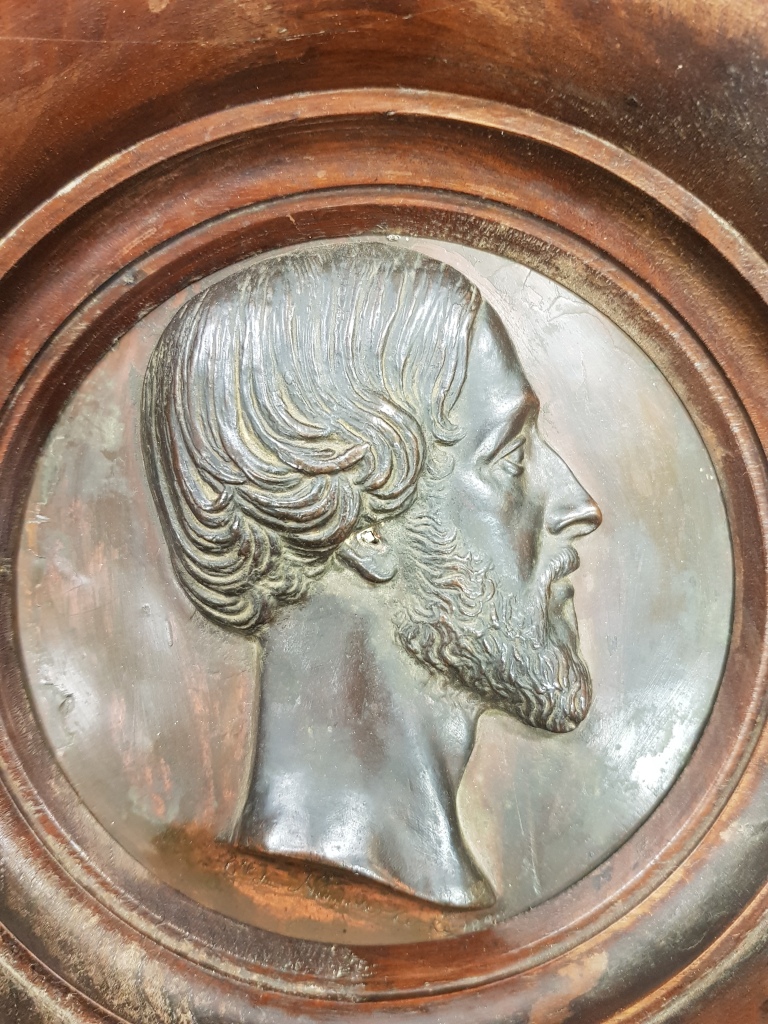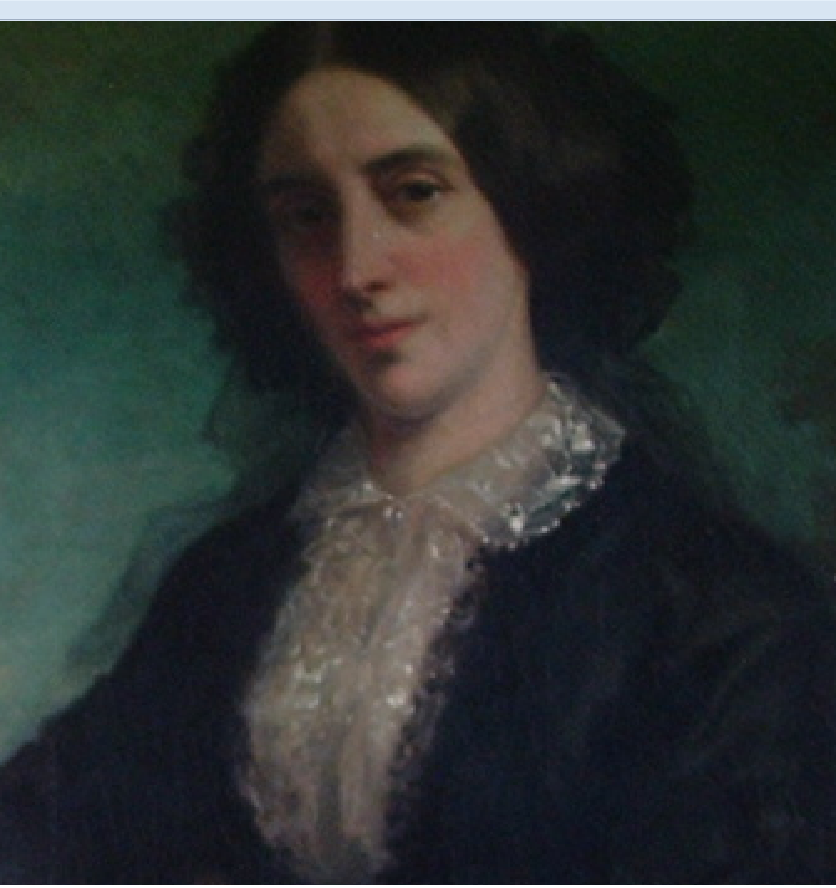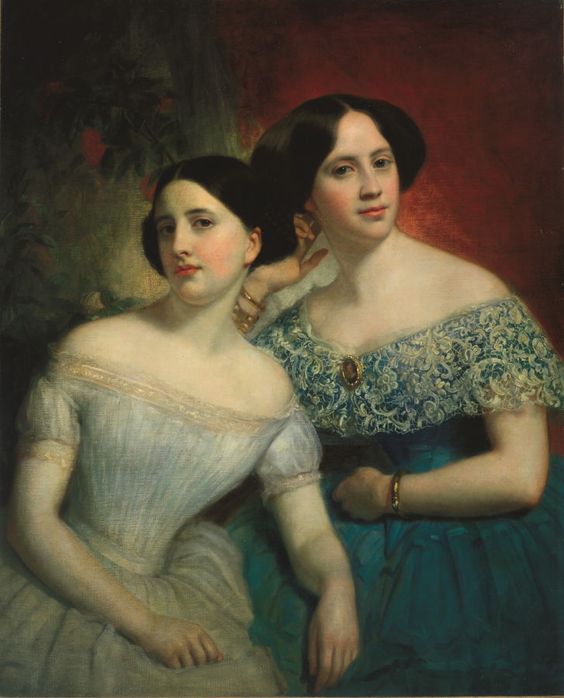The accounts I have read about Colonel Thorn’s famous costume ball held on March 3rd, 1840 at Hotel de Monaco, rival anything F. Scott Fitzgerald imagined for Gatsby. Invited guests were told visit the Versailles museum to study the court life of Louis X1V and the costumes from that period.
Countess Granville diarised the upcoming event as “All the world is occupied about a ball on Monday at Colonel Thorn’s. Costume, it is to be beautiful. (Countesses) Mme. Samoiloff, d’Aspas, Kisseleff, and Poldi (from Naples) as — I forget what, but something very beautiful.”

“Tout le monde is talking now of a sumptuous festival at an American grandees, Colonel Thorn’s, whose equipages are the admiration of Paris.” Fanny Essler.
Then as I dug deeper, I found an actual account of the evening written by an actress known as Cora for The Ladies Companion and Literary Expositor, which was thrilling to read:
Fifty men at arms guarded the courtyard as guests arrived, and twenty footmen were on hand to escort them into the antechamber. From there guests were greeted by the smiling, Madame Jane Mary Thorn. “Twelve gorgeous salons were thrown open on the occasion of this fete, which you would have said the genius of luxury and comfort had united to adorn.” Walls were “fluted” with gold silk and hung with the paintings of the First Masters (pre 1800).
Cora describes velvet carpets, and luxurious ottomans and couches draped in sumptuous materials. Thousands of lights “shed a flood of brilliancy, which would have almost eclipsed sunshine, and sparkling diamonds and many coloured gems, profuse as though mines had sprung beneath of the fair ones who wore them.”

One lady reportedly wore diamonds to the value of $200,000 ($6 million in today’s USD) and had to be escorted by gen d’arms for fear of robbery. The costumes were varied and eye catching: hunchbacks, sylphs, sultans and sultanas, night templars, queens, naiads, nymphs, Madame Pompadouri, Joan of Arc, Anne Boleyn, and “the goddess of the night wrapped in her glittering silver stars, and the crescent of her fair brow, one bed of diamonds.”
At midnight, music “stole upon the ear from the exquisite band of fifty musicians”, and the main event began. The guests crowded to the ballroom, and the gallery above to witness “four fairy steeds, mounted by Cinderella postilions, drawing a Queen Mab chariot of crimson velvet with golden wheels,” fly around the room. Shepherdesses alighted and prepared the onlookers for the thrilling entrance of Turks, knights and highlanders who engaged in “ludicrous contredanse (a dance related to the quadrille)”.
Following them, the court of Louis XV and Madame Pompadouri entered, resplendent in wigs and jewelled robes and performed dances from their age. Then “brigands flew around encircling their fair captives, Christians unmolested stole the pride of the Turkish harem, and shepherdesses looked happy with Lords.”
When the dancing eventually slowed down, wandering clowns and their managers engaged in charades after uttering,
“When with dancing and laughter, the body is fed, why should the spirit go famished to bed?”

Cora moves on to describing the extravagant food and sumptuous banqueting board, “spread with every delicacy that could gratify the palate or satisfy the appetite.” The table was “heavy with the service of gold, bright with the dazzling radiancy of costly candelabras, and the mellow light of moonlight lamps, which lined the gilded walls, rich with ornaments that the genius of Paris alone could execute.”
She summed the evening up as one that would unlikely ever again be witnessed. “It was the moon that puts out the twinkling of all other planets.”
I’ve copied a lot of Cora’s observation directly to gain a sense of the occasion and the florid language she used. It is impossible to not to be swept up in the magic of the evening by her recount.
Charles Sumner though far more dour recollection, also attested to the allure of Thorn’s fetes. “Thorn’s balls are truly brilliant, and his house is one of the finest i have seen. People with titles beg for invitations there. Before the last ball, Lord Brougham, who was in Paris, and who I have seen much, wrote me a note, asking me to get him an invitation.” (Allen,
N.B. In more pragmatic terms, Thorn spent quarter of a million dollars on the ball.














What a journey. I suppose it makes sense for them to have been obsessed with decadence when it brought them so close to observable magic.
LikeLike
Hi Wolfie, it’s disgusting and fascinating all rolled into one. Though I don’t subscribe to the elitism, it is a snapshot of the times, and an interesting thing to relfect upon as I construct the narrative for the story. Thanks for reading. x
LikeLike
Wow, how amazing!!
LikeLike
Isn’t it!
LikeLike
What I find so interesting is how history leaves marks..newspaper articles etc…but what made me laugh was your statement of the cost of the ball that Col Thorne paid…using his wife’s money…she as so many women were invisible…
LikeLike
It has been a constant cause of frustration for me, Jacqueline. I wanted to know more about the women, but they are largely invisible in history.
LikeLike